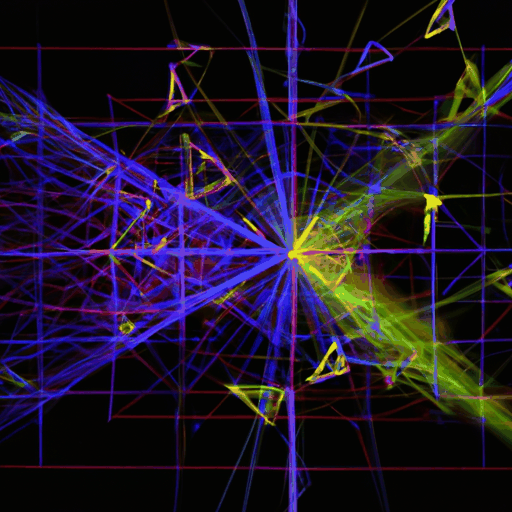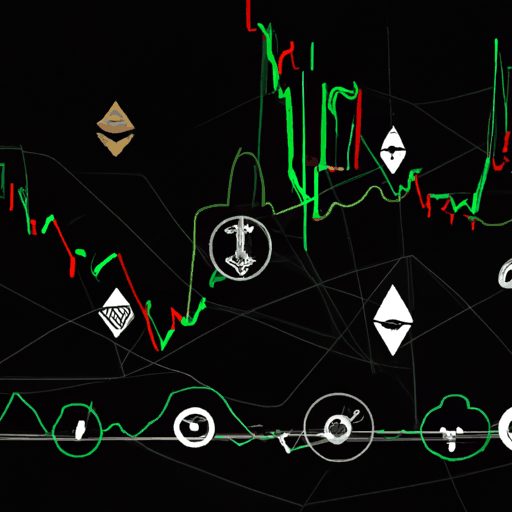
Solana Co-Founder Proposes Meta Blockchain for Enhanced Interoperability
By: Eliza Bennet
Solana co-founder Anatoly Yakovenko has introduced a groundbreaking proposal for a "meta blockchain" aiming to enhance interoperability across decentralized ecosystems while reducing data availability costs. This initiative is poised to reshape how multiple blockchain networks, including Ethereum, Celestia, and Solana itself, interact and share data. By proposing a meta blockchain as an aggregator rather than a standalone structure, the concept focuses on creating a shared and deterministic method for transaction alignment through referencing the latest block headers from participating chains.
The proposed system seeks to address persistent challenges such as fragmentation and limited interoperability among blockchains. A significant aspect of Yakovenko's proposal is the potential to use the most affordable data availability (DA) solutions available at any given time, thereby reducing operational costs. The co-founder envisions the meta blockchain automatically merging data from connected chains without the need for external sequencing, thus minimizing security risks associated with centralized sequencers and improving transaction sequencing clarity for users.
Despite the enthusiastic vision presented by Yakovenko, the proposal has faced skepticism regarding its operational viability. For instance, Celestia's COO Nick White highlighted the complexity that such models could incur, notably due to the need for rollups to manage nodes for different DA layers and the increased overhead in coordinating fork-choice rules. However, Yakovenko maintains that achieving inexpensive and accessible data availability could lower costs across other on-chain activities, effectively combating bandwidth bottlenecks that hinder growth and efficiency.
As the crypto community continues to deliberate on the practical implications and potential benefits of integrating a meta blockchain, the dialogue initiated by Yakovenko underscores the pivotal need for innovative solutions in advancing blockchain interoperability. By fostering collaboration among diverse network architectures, the proposed system could lay the groundwork for more unified and efficient blockchain infrastructures moving forward.



